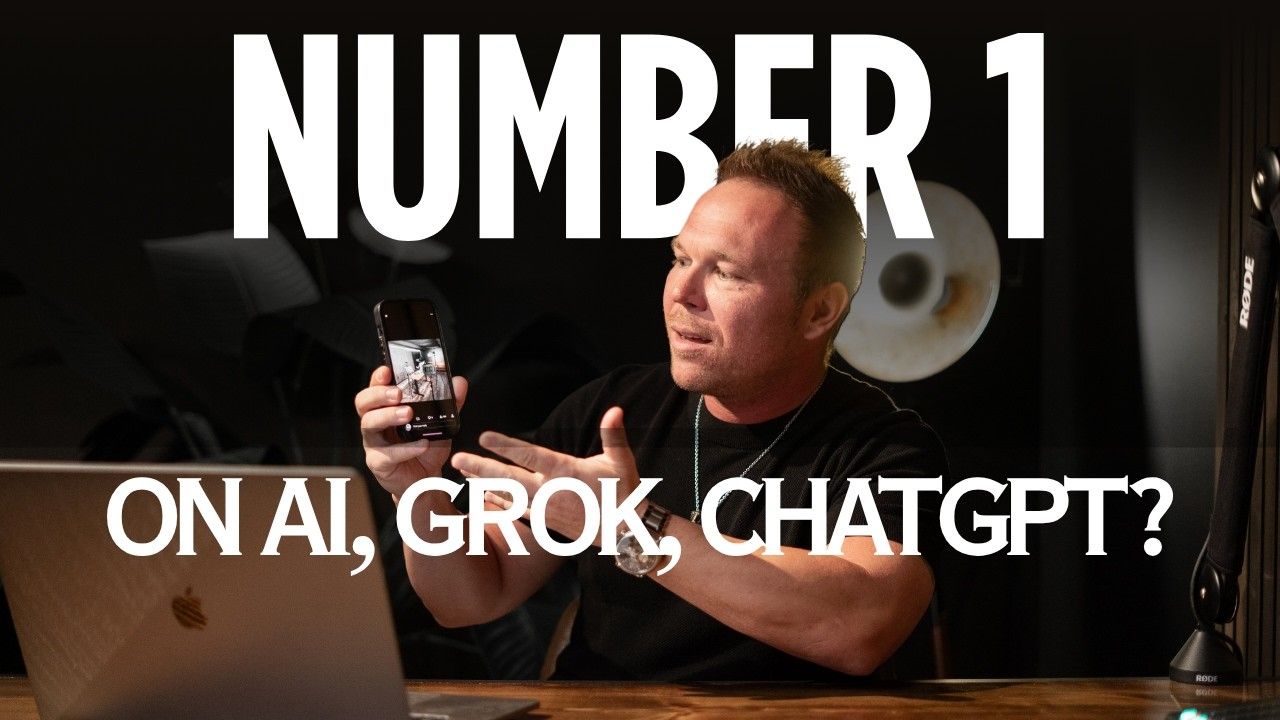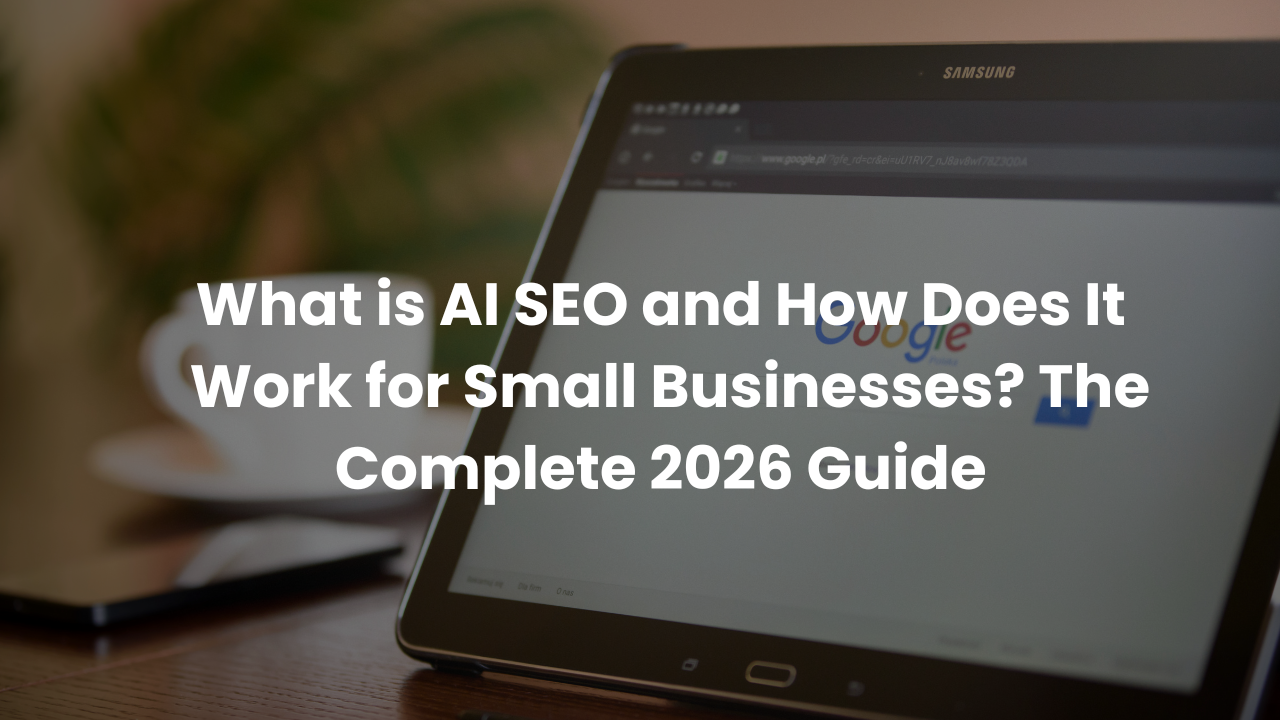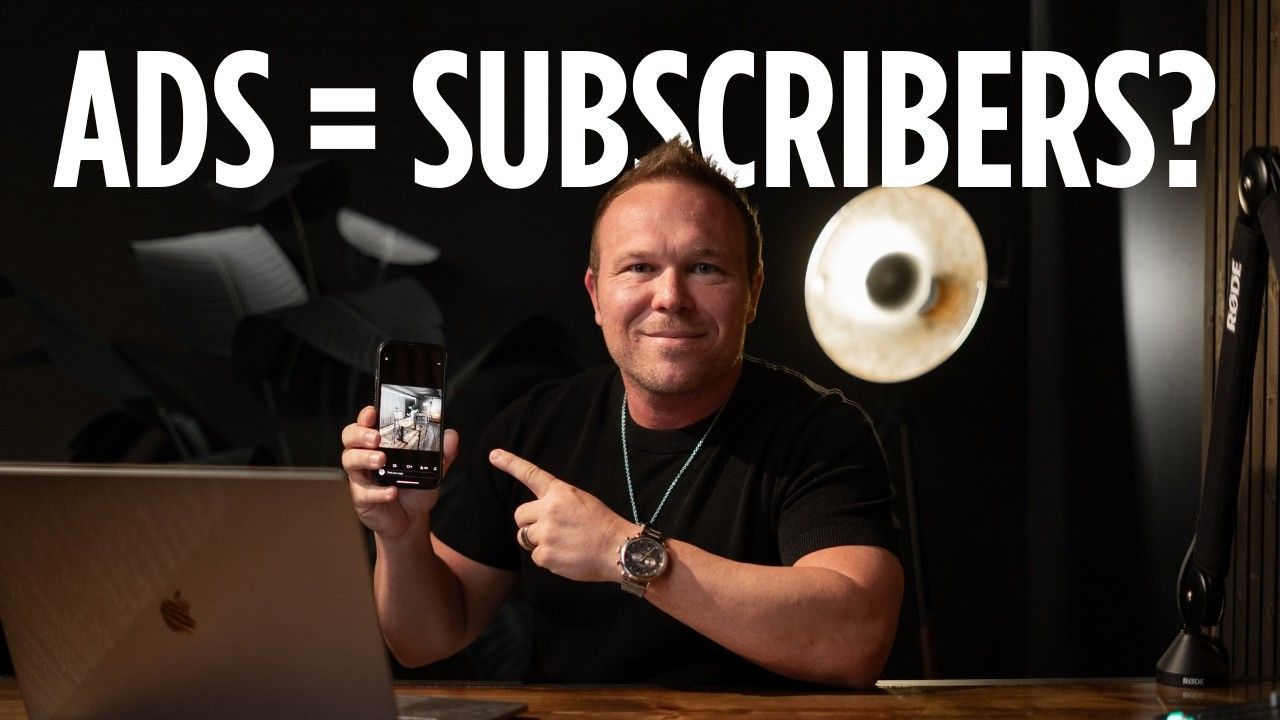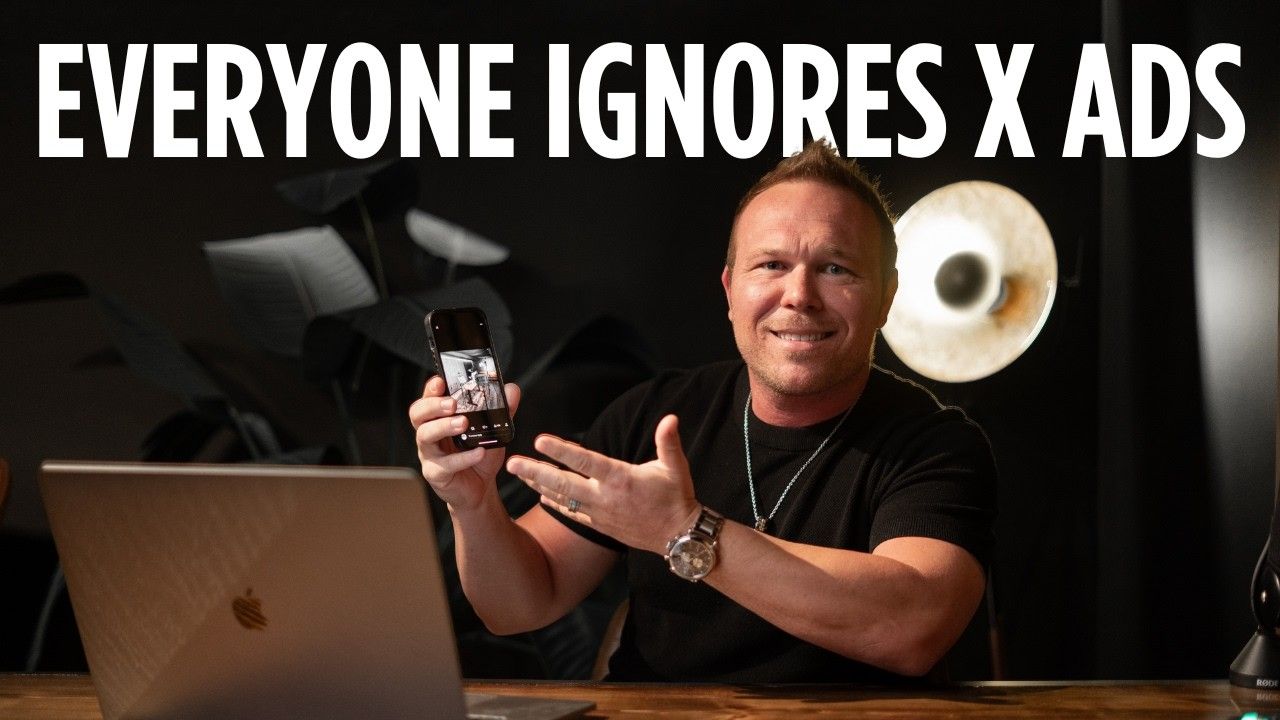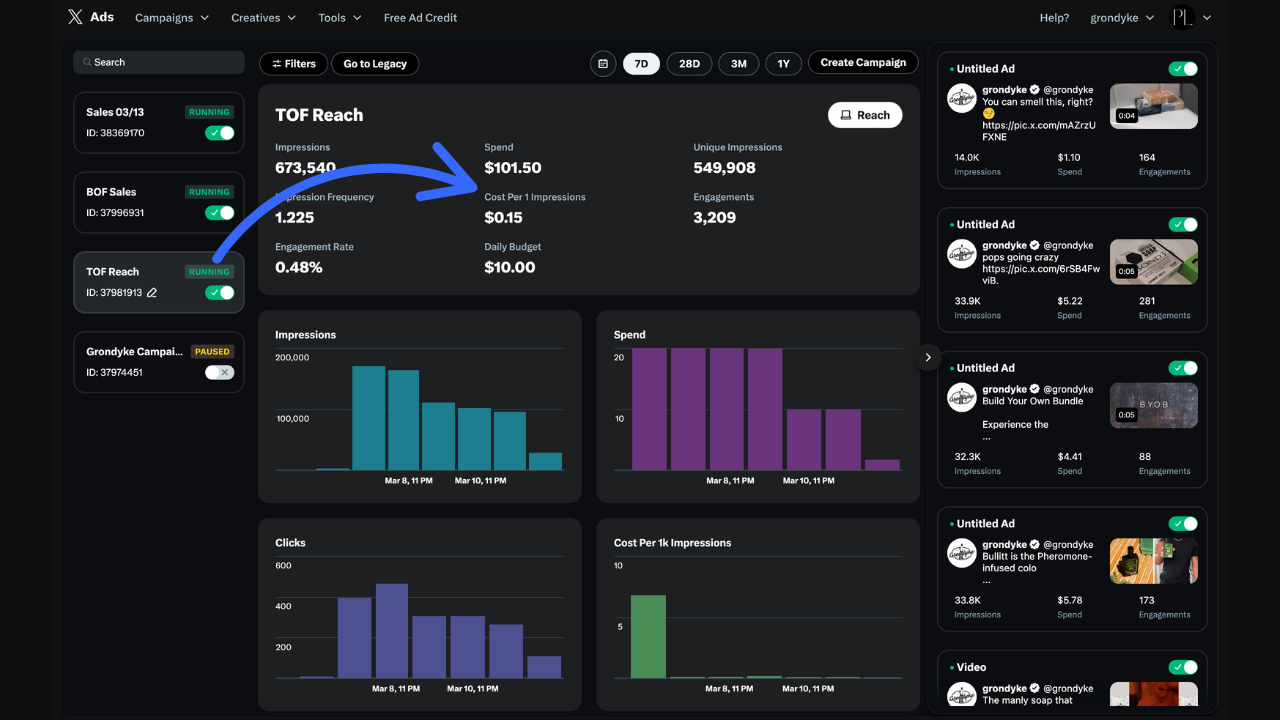How to Find and Target Your Ideal Customer: A Step-by-Step Marketing Guide
How Can You Identify and Speak Directly to Your Ideal Customer to Drive More Conversions?
If you're not speaking directly to your ideal customer profile (ICP), you're losing out on visitors, leads, and most importantly, conversions. The key to effective marketing is understanding exactly who your customers are, what pain points they experience, and how your solutions can solve those problems. By identifying your ICP and crafting messaging that resonates with their specific needs, you can dramatically increase engagement and conversion rates across all your marketing channels – from your website and landing pages to your emails, social media, and advertising.
Questions People Ask
What exactly is an Ideal Customer Profile (ICP) and why is it important?
An Ideal Customer Profile is a detailed description of the perfect customer for your business, including their demographics, pain points, and needs. It's crucial because it allows you to tailor your marketing messages to speak directly to the people most likely to buy from you, rather than creating generic content that doesn't resonate with anyone specifically.
How do I identify my customers' pain points accurately?
The most effective way is to use specialized software like
Twinlytics that analyzes real data about your potential customers. This approach is significantly more reliable than guessing or making assumptions. The software researches the web and provides insights about what your ideal customers are struggling with and how they describe those problems.
Where should I apply my ICP insights in my marketing?
Apply these insights everywhere - your website, landing pages, service pages, email sequences, blog posts, video content, social media posts, ads, and lead magnets. Every piece of content should directly address your ICP's pain points and demonstrate how you can solve them. This comprehensive approach ensures consistent messaging that resonates with potential customers across all touchpoints.
How can I turn one piece of content into a complete marketing strategy?
Start by creating one high-quality "pillar" piece of content, like a detailed video addressing a major pain point of your ICP. Then, use AI tools to transform that single piece into blog posts, social media posts, email sequences, and even ad copy. This ensures consistency in your messaging while maximizing efficiency in your content creation process.
Why This Strategy Works for Any Business
- Eliminates wasted marketing spend by focusing resources on prospects most likely to convert, leading to higher ROI on all marketing activities
- Increases conversion rates significantly by speaking directly to customer pain points and demonstrating clear solutions rather than talking about your company features
- Creates multi-channel consistency with pain-point focused messaging that reinforces your value proposition across all customer touchpoints
- Builds deeper customer relationships by demonstrating that you truly understand their challenges, positioning you as the obvious solution to their problems
Understanding the Power of Customer-Focused Marketing
When it comes to effective marketing, speaking to your ideal customer profile (ICP) is non-negotiable. Brad Smith, owner of Automation Links with over a decade of marketing experience and more than 2,500 brands served, emphasizes that customer-centric marketing isn't just a nice-to-have – it's essential for generating conversions.
"If you're not speaking to your ideal customer, you're losing out on visitors, leads, and most importantly, conversions". The difference between mediocre and exceptional marketing often comes down to one simple question: Are you talking about yourself, or are you addressing your customer's pain points?
The Problem with Self-Centered Marketing
Most businesses make a critical mistake on their websites and marketing materials – they make it all about themselves. They talk about their company history, their team, their processes, and their achievements. While this information isn't inherently bad, it doesn't address what matters most to potential customers: their problems and how you can solve them.
"A lot of times when we make our websites, we make it about us, not them." This fundamental misalignment is why many businesses struggle with conversion rates despite having decent traffic.
Identifying Your Customer's Pain Points with AI
The first step in creating customer-centric marketing is identifying exactly what problems your ideal customers are facing. This is where modern tools make a tremendous difference.
Leveraging AI for Customer Research
I recommend using specialized software like Twinlytics to uncover your customers' pain points. Unlike generic AI tools that work with limited data, Twinlytics researches the web to gather specific information about your ideal customers.
"What I like about using this software is they have all this data of my customers to use for those pain points". "If you use just something like ChatGPT or other software, they're not actually researching the internet, they're not researching all the data of the pain points of your ideal customer profile."
For example, I discovered that my customers struggle with:
- Not following up with leads consistently
- Having disorganized CRM systems or no CRM at all
- Dealing with no-show appointments
- Feeling overwhelmed by technology
- Losing leads due to poor processes
- Lacking time to implement marketing strategies
This specific knowledge allows him to craft messages that speak directly to these frustrations. Learn more about
customer relationship management in this blog.
Turning Pain Points into Marketing
Once you understand your customer's pain points, it's time to create marketing materials that directly address these issues and offer solutions.
Creating Customer-Focused Website Copy
Rather than a homepage that talks about company history, the AI generates headlines like:
- "Automate Your Systems for Success"
- "Streamline Lead Generation"
- "Increase Follow-Up Processes"
- "Save Time with Automation"
These headlines directly address the problems identified through research, immediately showing visitors that I understand their challenges and have solutions.
The difference is stark: traditional websites say "We've been in business for 10 years" or "Our team is experienced," while customer-focused websites say "Struggling with manual processes? Our automation solutions save you 5 hours per week."
Applying This Approach to Every Marketing Channel
The beauty of this strategy is that it can be applied to every marketing channel:
- Website & Landing Pages: Structure all pages around customer pain points and solutions
- Service Pages: Explain services in terms of problems solved rather than features
- Emails & Newsletters: Focus content on addressing specific pain points
- Blogs & Articles: Create content that helps solve customer challenges
- Video Topics: Develop videos that address common pain points
- Ads: Craft ad copy that speaks directly to prospect frustrations
- Social Media: Share content that resonates with audience challenges
- Lead Magnets: Create downloadable resources that solve specific problems
For each channel, you can use AI tools to generate content that maintains consistent messaging around your ICP's pain points. This ensures that no matter where potential customers encounter your brand, they'll receive the same powerful message: "We understand your problems and we have solutions."
Creating Pillar Content That Drives Your Entire Strategy
One of my most powerful recommendations is creating "pillar content"—a cornerstone piece (usually a video) that addresses a major customer pain point. This single piece can then be transformed into content for all other channels.
Leveraging One Video Across Multiple Channels
Using the AI-driven approach I demonstrate, you can:
- Identify customer pain points
- Create a video addressing a primary pain point
- Use AI to transform that video into blog posts, social media content, emails, and ads
What I call that is my pillar piece? "One piece of content to solve the customer pain point and then that creates everything else from there."
This strategy is particularly effective because it:
- Ensures message consistency across all channels
- Saves significant time in content creation
- Focuses all marketing on the same customer pain points
- Creates a cohesive customer experience
Using tools like Hypefury for social media automation can help you distribute this content efficiently across platforms.
Practical Example: Video Topics That Convert
When asking AI to generate video topics based on customer pain points, I received suggestions like:
- "Stop Losing Leads: Automate Your Follow-Up Strategy Today"
- "Tech Overwhelm: Simplify Your Systems Without Sacrificing Results"
- "Automated Nurturing: Build Relationships Without Adding to Your Workload"
Each topic directly addresses a specific pain point while positioning my solutions as the answer. These videos can then become the foundation for blog posts, social media campaigns, and more.
You can learn more about effective video marketing strategies in this comprehensive guide.
Making It All About Them, Not You
The most important takeaway from my approach is the fundamental shift in perspective: successful marketing makes it about the customer, not about you.
The Critical Question Customers Ask
When potential customers are considering services, they ask one fundamental question: "Who will solve my problem?" They're not primarily interested in your company history, your team size, or your office location. They want to know if you understand their challenges and have proven solutions.
Who are they going to hire? "Are they going to hire someone that talks about themselves? Or are they going to hire someone that resonates, tells a story, and relates with those pain points?"
The answer is clear: customers choose businesses that demonstrate understanding of their problems and confidence in solving them.
Implementing This Strategy Today
To start implementing this approach:
- Use customer research tools to identify your ICP's pain points
- Review your current website and marketing materials – are they about you or your customers?
- Create one pillar piece of content addressing a major customer pain point
- Use AI tools to transform that content for use across all marketing channels
- Measure engagement and conversion improvements
The businesses that thrive are those that make every interaction about the customer's needs, not their own accomplishments. "Start implementing these systems to be the business, be the brand that's solving these pain points for your ideal customers."
Take Action Today
Understanding and speaking directly to your ideal customer profile isn't just a marketing strategy – it's the foundation of business growth . By focusing on customer pain points rather than self-promotion, you can transform your marketing effectiveness and dramatically increase conversions. Remember that the most successful businesses aren't those that talk about themselves, but those that demonstrate a deep understanding of their customers' challenges and present clear, compelling solutions.
Use the AI-powered research tools I recommend to identify your ICP's pain points, then craft all your marketing to address these specific needs.
Ready to transform your marketing strategy to focus on your ideal customer? Book a free 15-minute consultation session to discuss how we can help you implement these powerful approaches in your business.
Book Now!
If you found this guide valuable, subscribe to our
YouTube Channel for more automation strategies that can help you grow your business.
How often should I update my ideal customer profile research?
You should review and update your Ideal Customer Profile (ICP) at least once every 6–12 months, or any time you notice shifts in your market, customer behavior, or product offerings. Trends change, new competitors emerge, and your ideal customer's needs may evolve. Regular updates ensure your messaging, content, and offers stay relevant and effective.
What’s the biggest mistake businesses make when trying to identify customer pain points?
The biggest mistake is relying on assumptions or anecdotal evidence instead of using data. Many businesses guess what their customers struggle with, often projecting their own opinions or internal conversations. Instead, use AI-powered research tools and customer data to uncover actual pain points expressed in your customers’ own words. This leads to more accurate targeting and higher conversion rates.
How can small businesses with limited budgets implement this customer-centric marketing approach?
Start small and scale as you grow. Begin with one piece of pillar content focused on your most common customer pain point. Use free or affordable tools like ChatGPT or Twinlytics for customer research and content repurposing. Focus on high-impact channels like your website and email list before expanding to social and paid ads. Consistency and clarity in your message are more important than big budgets.
Can this strategy work for B2B companies, or is it primarily for B2C businesses?
It works extremely well for both. In B2B, decision-makers still make choices based on whether you understand their unique challenges and offer a compelling solution. Customer-centric marketing helps you stand out in complex sales processes by demonstrating real value. Whether you're solving a technical problem or improving business operations, this approach builds trust and credibility.
What metrics should I track to measure the effectiveness of my customer-focused marketing campaigns?
Track metrics that directly reflect engagement and conversions. Key ones include:
- Website bounce rate & time on page – Shows if your messaging resonates
- Click-through rate (CTR) – For emails and ads, indicates interest
- Conversion rate – Most important for measuring results
- Customer feedback – Are customers saying “this is exactly what I needed”?
- Lead quality and close rate – Are your marketing-qualified leads converting into paying customers?
Also, track qualitative metrics like recurring customer language in responses or increased brand mentions aligned with your messaging.

